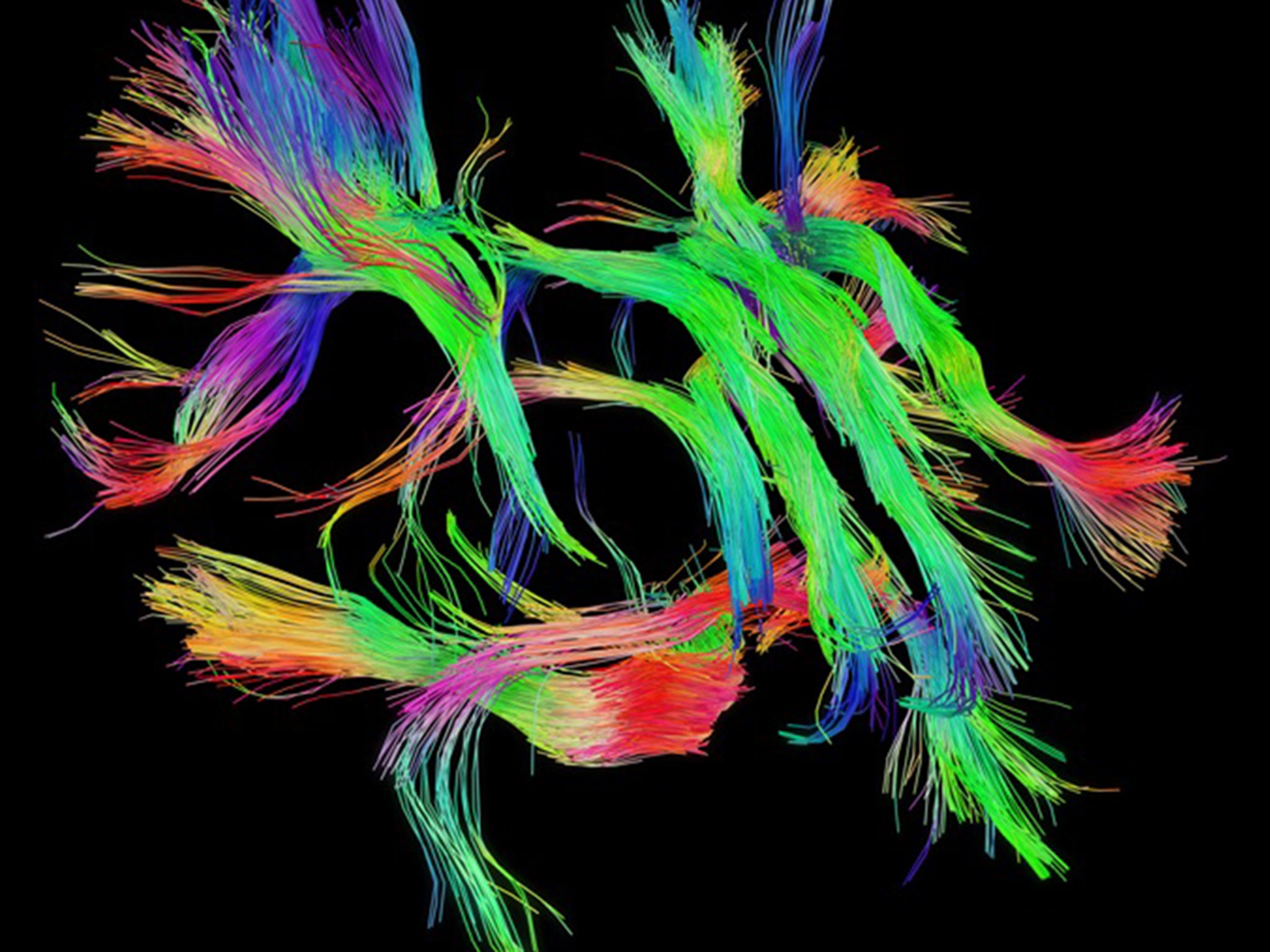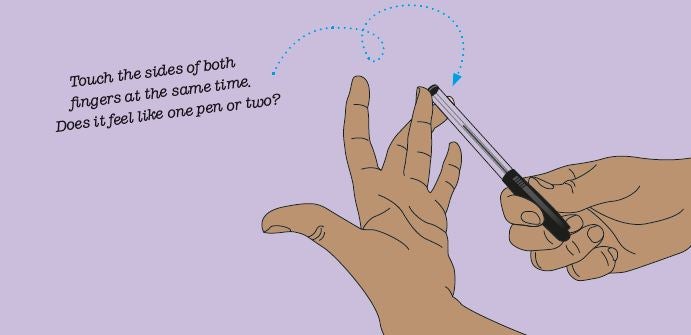The Independent's journalism is supported by our readers. When you purchase through links on our site, we may earn commission.
Brain teasers: 5 puzzles to keep your mind sharp
From the Tower of Hanoi to the Aristotle Illusion, there is a host of different brain teasers in order to get your cognitive muscles moving

Remember when a certain dress took the internet by storm? Well,
Brain Twisters: The Science of Thinking and Feeling is a new book from Clive Gifford and Professor Anil Seth. The pair have pulled together a host of different brain teasers in order to get your cognitive muscles moving.
Here are the five best tricks to check that your brain is firing on all cylinders.
1)Optical Illusion
There are some optical illusions that manipulate colours and shapes in order to trick your brain into thinking shapes are moving. If you stare closely at the patterns in this image, you may notice that they start to move.

2)Tricking your touch
Known as the Aristotle Illusion: if you hold a pen between your crossed ring and middle fingers it may feel like you’re holding two different pens. This is because you’re usually used to holding a pen between your main and middle finger, so the difference plays with your brain and makes you think you’re holding an extra pen.

3)Towering Test
The power of problem-solving comes easier to some than others, but there are a few tests you can do to test out your skills. Many turn to the Tower of Hanoi, which requires you to move a tower of cylinders from one stand to a third, following a number of rules. For example, you can’t stack a cylinder on top of a smaller one, and you can only move one disc at a time.
4)Facing up to feelings
Can you spot a grin from a frown? It’s important to be able to recognise emotions. A study in 2014 drew together several pictures of people displaying different facial expressions and used computers to differentiate between them. The emotions included awe, happiness and disgust.

5)Fight or flight
If you’re scared of something, your body goes into defence mode. Amygdala, which are nuclei in the brain, trigger a fear mechanism that causes your brain to analyse threat. Adrenaline is released, causing your heart rate to go up and the blood flow to your muscles to increase. This means that physically you are prepared to either run for your life or stay and battle whatever is threatening you.

You can try out some of the other tests in Brain Twisters: The Science of Thinking and Feeling here
Join our commenting forum
Join thought-provoking conversations, follow other Independent readers and see their replies
Comments
Bookmark popover
Removed from bookmarks